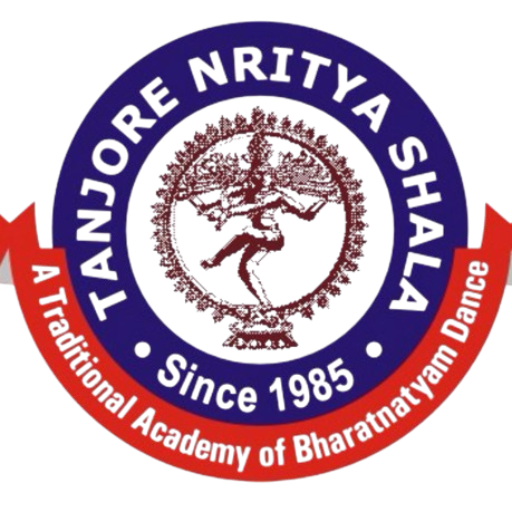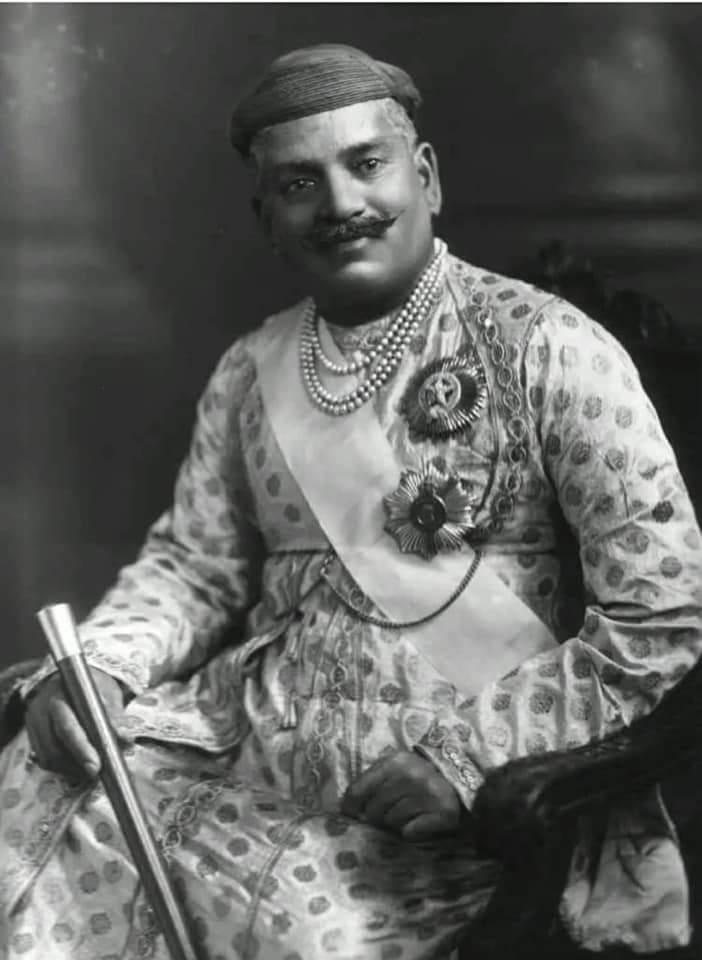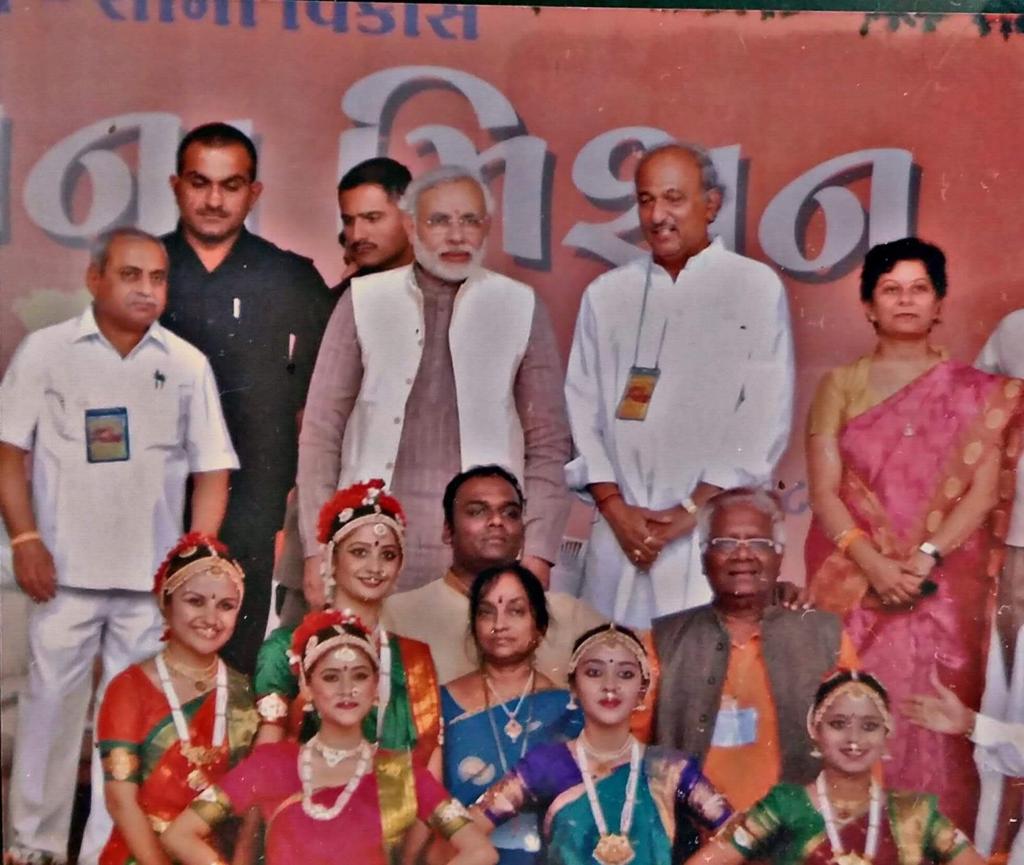Origin of Bharatnatyam
ORIGIN OF BHARATNATYAM
Bharatanatyam, a dance as old as the hills and as vibrant as a sunrise, traces its origins to a time when gods and humans were said to converse in the language of rhythm and movement. Picture this: ancient temples adorned with intricate carvings, where dancers moved like flowing poetry, their every gesture a conversation with the divine. Legend whispers that this dance was born from the Natya Shastra, an ancient manual of performance art, crafted by the sage Bharata—a true maestro of emotions, rhythm, and storytelling. But what’s in a name? ‘Bharatanatyam’ isn’t just a title; it’s a symphony in syllables. ‘Bha’ stands for Bhava, the emotion that colors every move. ‘Ra’ sings of Raga, the melody that weaves through the air like a fragrant breeze. ‘Ta’ taps to Tala, the rhythm that beats like a sacred drum. And ‘Natyam’? Well, that’s simply dance—the very soul of this ancient art form. From temple courtyards where stone deities watched in silent admiration, to grand stages around the world, Bharatanatyam has twirled through time, carrying with it the whispers of the ancients and the heartbeat of a culture. It’s more than just a dance; it’s a living, breathing epic—each step a verse, each expression a song, and each performance a timeless tale spun from the threads of devotion, tradition, and pure, unbridled artistry.











